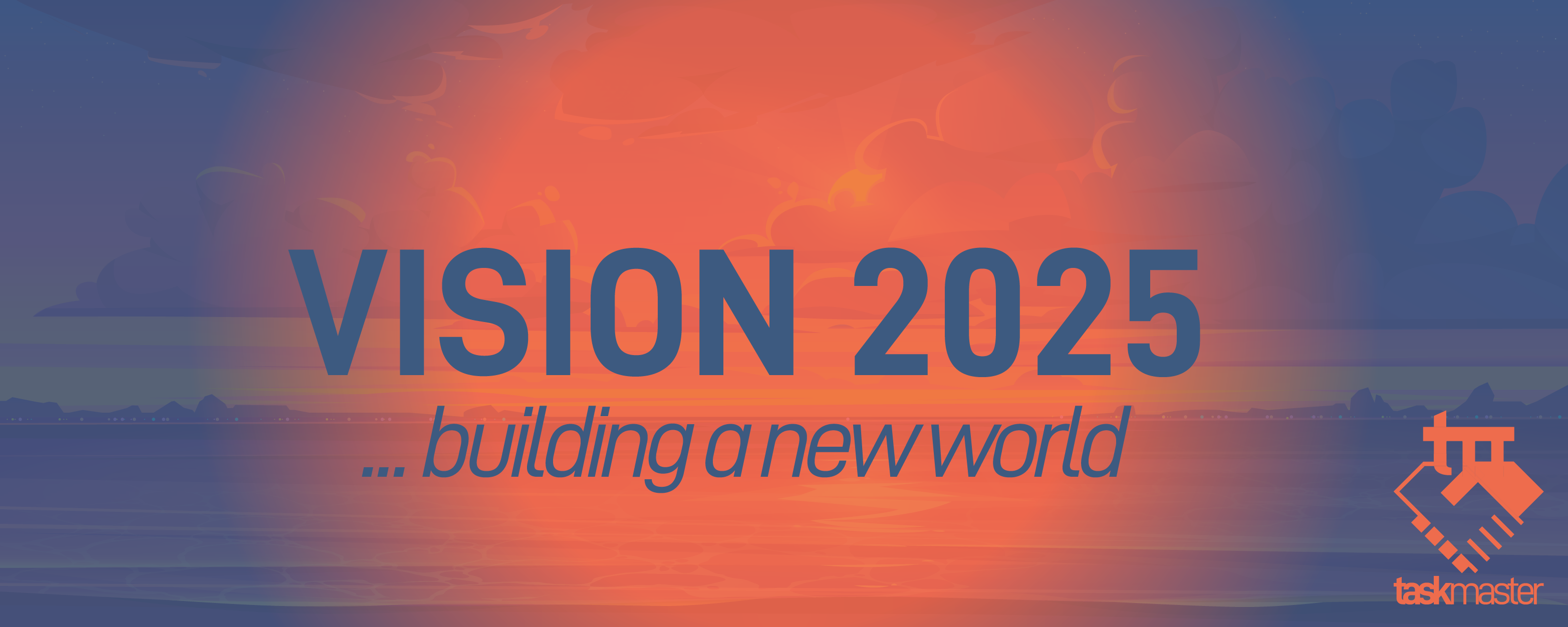About a month ago, we discuss the way Hive could replace Twitter. In it, we covered how decentralization could really help in the endeavor. Now, after some time, we are starting to see things take shape. It is still early but the indications are there.
Leofinance brought out LeoThreads roughly a week ago and the model is now being laid. We can imagine how the combination of a decentralized blockchain coupled with a series of frontends completely disrupts the entire Twitter model.
It is something that many of us figured could work since, after all, it is effective with long-form content. That means we are dealing with nothing more than the reading and writing of data to the blockchain. The only difference is what said data is.

Source
The Emergence of Web 3.0
Could we finally be seeing the emergence of Web 3.0? This could well be the case.
Of course, we have to keep in mind that the exact definition is Web 3.0 is varied. Nobody truly knows what it will be. However, from my perspective, a couple of the key factors are such:
- decentralized database
- true account ownership
- the ability for anyone to tap into the data
These characteristics are easy to see when it comes to Hive. Since the blockchain is permissionless, the ability to write is only dependent upon Resource Credits. At the same time, developers are free to built whatever they desire, integrating whatever data they want to pull from chain. With the upcoming introduction of the Hive Application Framework (HAF), this will only get easier.
Microblogging On Hive
Over the last week, we saw the introduction of a novel approach to engagement on Hive. While things are in early beta, we can already see the potential.
Since the above criteria are all met, we can see the potential power this wields for the entire ecosystem.
Leofinance introduced the technology but the end result is the writing to Hive. This is the opportunity which differs from the realm of Web 2.0. Under that realm, those with the technology are able to form silos. This is not the case on Hive.
At this moment, any frontend could integrate #Threads. It is a matter of reworking its application and tapping into the container where the data is written. Without knowing the exact technicals, once it is set up, it is no different than commenting on a blog post through different frontends.
We do that daily on Hive. With microblogging, the same thing is now possible.
That means that, ultimately, if they desired, apps like PeakD and Ecency could provide the same options to its users. The goal would be to get all the #Threads tied together so that users could read and respond no matter which frontend was used.
Here we see microblogging on the blockchain, Web 3.0 style.
Could Hive Really Serve As A Disruption For Twitter?
The reality is people are slow to change their ways. This is normal no matter what we are discussing. However, Twitter has a tendency to help things out. We know there are times they get "ban happy". Those who are displaced from that platform are obvious candidates to use what is built on Hive.
What is exciting is we are looking at something which targets a larger section of the Internet population. There is no doubt that most are not into long form blogging. Just look at most of what is posted online and realize the intellectual level people prefer to communicate at. It is not exactly epic manuscript stuff.
One of the benefits to the structure being described here is in the area of innovation. If other frontends decide to integrate this feature, they have the ability to add to it. Ideas start flowing from different projects teams, ones that others can copy.
We saw this happen within the confines of what was created already. During the last week, many starting to experiment with different ideas concerning #Threads. This led to some innovation that is not on the "to do" list for the developers. In other words, more features will be built in due to concepts the community tried.
This is only going to enhance the utility. In fact, it appears, from the ones that I saw, it is all going to foster engagement on Hive.
Feeder System
Some wonder how this could benefit Hive?
We have to keep in mind that applications are the ultimate feeder system. They are what attract the users and get them involved. With Web 3.0, the benefit is that if one enters via a particular application, that is not the end. That person can branch out and use half a dozen other applications or games. One account provides access to it all.
Hive's future success hinges on a very simple premise: users.
When we look at how things are constructed, the ability to write more than just transactions to the database provides a much broader scope of engagement. At the same time, whatever is written requires the aforementioned Resource Credits. Actually, before that takes place, an account is required.
As we know, all of this adds up over time.
One of the challenges of cryptocurrency in general is the complexity. It is still an issue for many people. With Hive, we do have a bit of a leg up in the fact that at least we have easy to remember usernames. Something like #Threads also has a low learning curve.
Thus, the only thing that remains is to aid in the progression through beta. There is still a lot of development left to do. Going from a MVP to a feature rich application that is on the app stores will take some time.
In Closing
We could be seeing the first significant emergence of Web 3.0. Since much of the discussion centers around social media, we can see how this could apply to many Internet users.
The real excitement could happen if a few other frontends decide to integrate it into their applications. When that happens, the acceleration of innovation could take place. This could only lead to faster progress with more features being added.
In the end, that will serve the users well, hopefully providing the ability to attract new ones to the ecosystem.
And, before those people can get active, they need a Hive account and some Resource Credits.
If you found this article informative, please give an upvote and rehive.

gif by @doze

logo by @st8z
Posted Using LeoFinance Beta

 . Keep up the fantastic work
. Keep up the fantastic work
